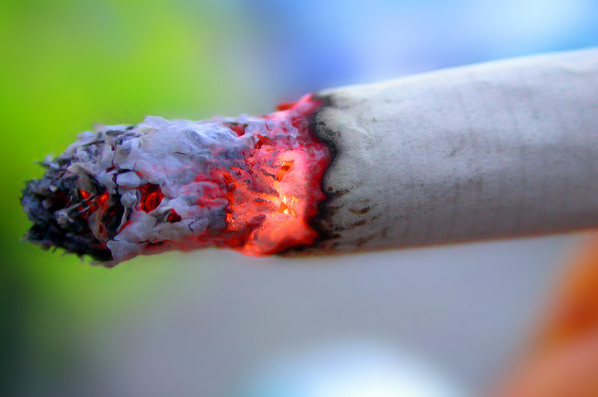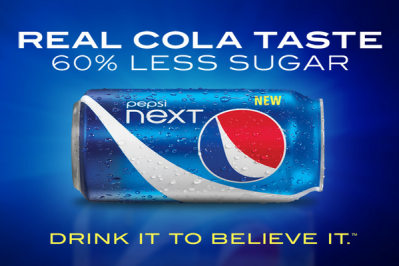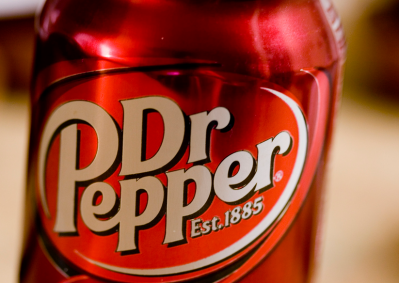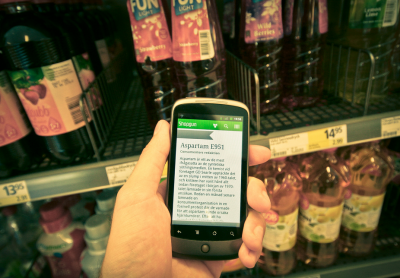‘Soda declines look a lot like those seen for cigarettes’: Analyst

Carbonated soft drinks (CSDs) volumes have been in decline for a decade, Cowen senior analyst Vivien Azer (who covers both the beverage and tobacco industries) writes, with per capita levels back to levels not seen since the mid 1980s.
“The shape of CSD industry volume trajectories look quite similar to those seen for the cigarette industry in the US,” she says, in a note entitled ‘Is Soda the New Cigarette?’.
“To be sure, these are two entirely different products on many levels. Cigarettes have the mixed blessing of being dangerous, but addictive, offering healthy pricing power. Sodas on the other hand are widely enjoyed, but can be easily substituted at no cost," Azer writes.
“Both industries struggle with long-running volume declines. The drivers of these declines look quite similar. For both, youth consumption is falling notably, which is unhelpful in terms of driving future volumes."
US youth is smoking less and drinking less soda
Smoking incidence among 12-17 year-olds in America is falling, Azer said - from circa. 15% in 1999 to circa. 6% in 2012, while according to the Centers for Disease Control and Prevention (CDC) the percentage of American youth that consumer one can of soda daily has fallen nearly 700bps over the last seven years.
"What is more, both categories have an outsized exposure to an economically challenged core consumer.”
However, Azer says tobacco companies are in the enviable position of selling products with relatively healthy price elasticity.
But CSDs have weaker price elasticity...
“Soda is not as fortunate, as soda pricing looks to follow food-at-home inflation, which is not surprising given the category’s much weaker price elasticities.
“As a result, focusing on mix shift (e.g. mini cans) will be much more important in terms of driving improved revenue per unit, though this shift will take time,” she adds.
Nonetheless, Azer says large CSD companies are taking the lead from big tobacco by managing volume declines by focusing on styles, flavors, pricing and mix, as well as diversifying away from CSDs.
The cigarette industry diversified into different styles (filters, lights), flavors (menthol), and encouraged consumers to trade up, she said, with smaller pack sizes and more premium products.
It returned more cash to shareholders (65-80% payout ratios) and diversified into moist smokless tobacco (MST) or snuff, snus and e-cigarettes.
Diversifying and still delivering profit growth
Similarly, Azer said large CSD manufacturers such as PepsiCo, Coke and Dr Pepper had diversified style-wise with diets, introduced flavored CSDs and shifted the mix towards smaller packs with higher margins.
At the same time they had invested in non-CSD liquid refreshment beverage (LRB) brands, although CSDs still provide roughly 60% of LRB category revenues.
“While we applaud the CSD industry for utilizing a strategy that has served the tobacco industry well, the sizable differences in these two products’ use will likely limit somewhat the industry’s ability to deliver profit growth like cigarettes, in the face of challenging volume headwinds,” she writes.
Azer points to less robust pricing power for CSDs relative to cigarettes and many other staples.







